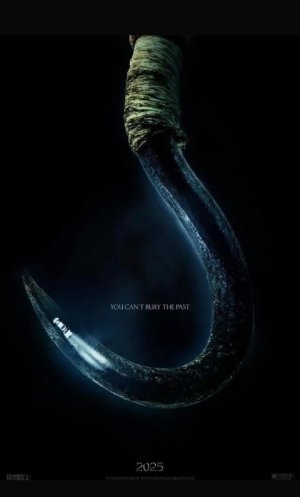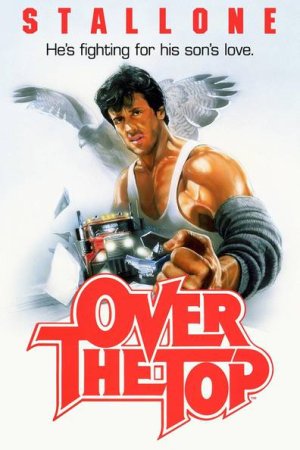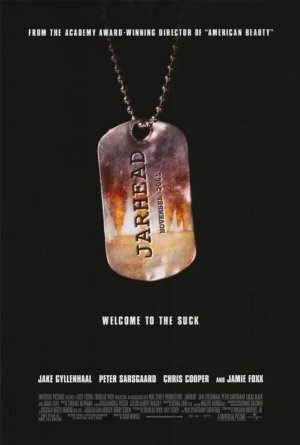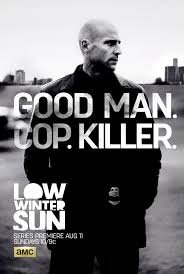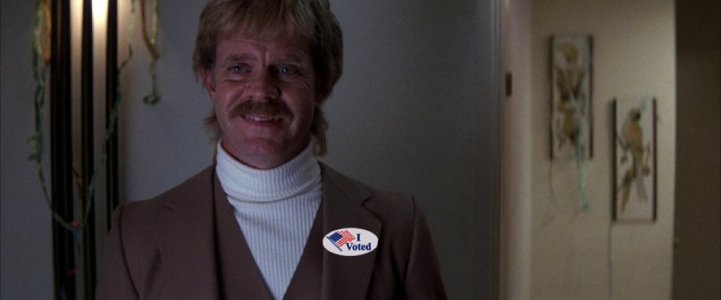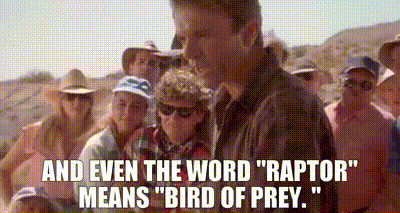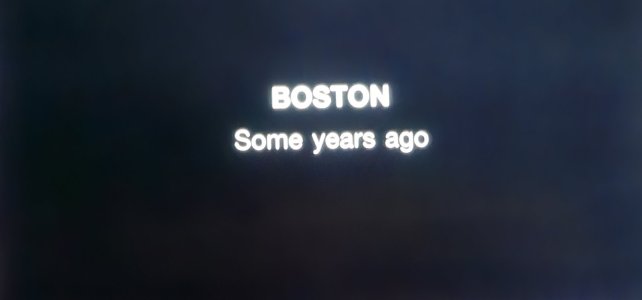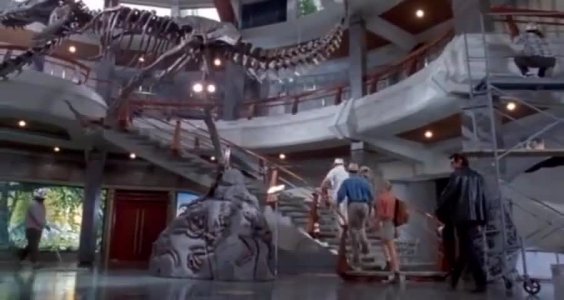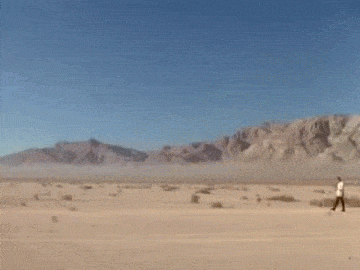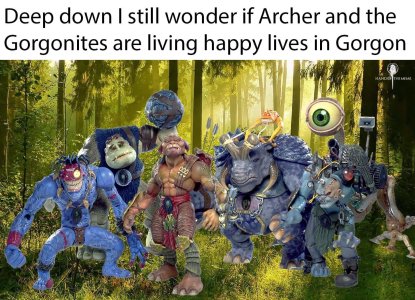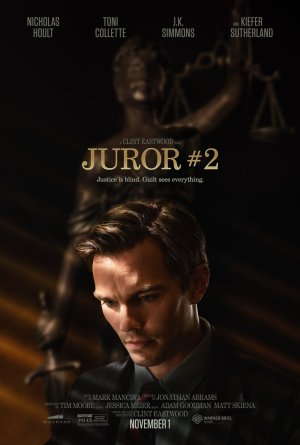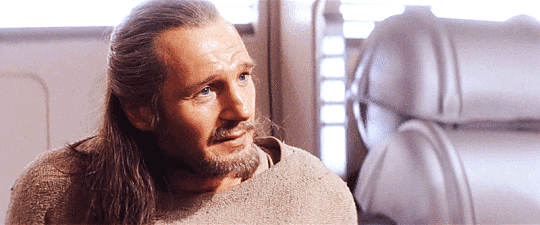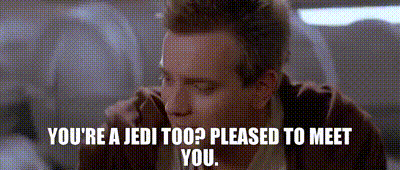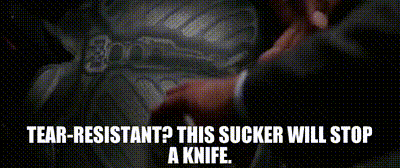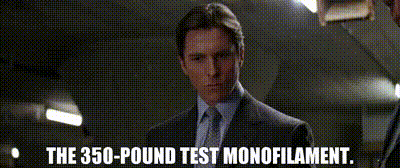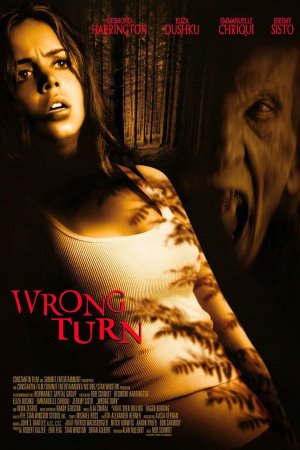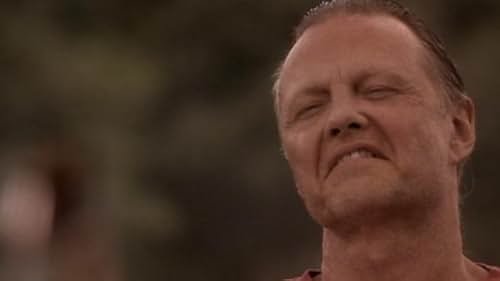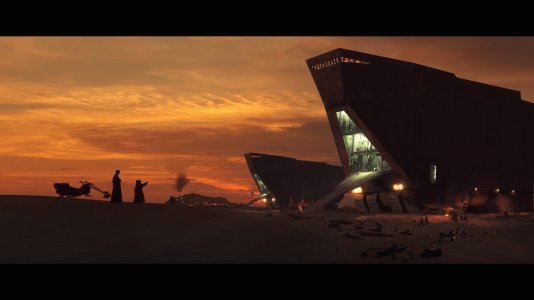The Fox, Lucasfilm Ltd. movie
Star Wars, directed by George Lucas in 1977, became very famous for many reasons, but I believe that much of its success stems from the film's profound symbolism. Since the release of the movie, discussions have taken place regarding the mythic underpinnings of
Star Wars, and the film's strong influence derived from author Joseph Campbell, and his work
The Hero with a Thousand Faces.
While there is no question that George Lucas deliberately developed the film's mythic qualities, in interviews, he states that he did not consciously incorporate religion into the film's symbolism. I would like to analyze this aspect of the film's symbolism, along with the influence of historical events.
Symbolism of Religion in Star Wars
After watching the movie
Star Wars, it is not difficult to pick up on even the most vague symbolism, and I believe that much of it is aimed toward religion.
Ben Obi-Wan Kenobi, Luke Skywalker, and the Jedi come to rely heavily on what they call "The Force." This "Force" seems to be a powerful field surrounding, filling, and influencing all things. Those that put their faith in The Force cannot fail. This "Force" can perhaps be related to the symbol of the Holy Trinity, or the union of God, Jesus Christ, and The Holy Spirit that is present in everything that occurs in the universe. When Obi-Wan says, "you can destroy me, but I will become more powerful than you can imagine" to Vader during their Light Saber duel, he implies that by dying and going to be with "The Force" (God), he becomes much more powerful. Just as the Jedi who puts his faith in the Force will be successful, so too will the human who puts faith in the Holy Trinity.
While Luke Skywalker may not be a direct equivalent of Jesus Christ in Star Wars, he certainly fits part of the profile. It is well-known that for a time, good must battle evil to prevail, but with the coming of Jesus Christ, good will reign as evil will exist no more. The battle between the Dark Side and the Good Side can be symbolic of Armageddon, or the final battle between good and evil before good will exist alone. Luke Skywalker has many battles with the Dark Side, and while it may not be known exactly what may occur in these battles, one can be sure that he will always be victorious.
It is also possible that one may perceive Princess Leia as a Mary figure in
Star Wars. Luke Skywalker cares for Princess Leia, and would almost certainly sacrifice his life to save hers if necessary. She definitely has divine characteristics, as her white garments are never disheveled and she never seems to be worried about the outcome of an encounter, even in dangerous situations. She seems confident that she will escape without harm.
Han Solo is an example of how the will to do good can affect any person, even those that seem hopeless, in a positive manner. In the beginning, Han's attitude is only uncaring and self-satisfying. He states that he "only takes orders from himself" and his only incentive in transporting Obi-Wan and Luke to the Death Star to rescue Princess Leia is the possibility of a monetary reward from her. He cares only for himself and his own desires; however, after being with Obi-Wan and Luke and realizing their genuine desire to do good deeds, Han returns to assist Luke in destroying the Death Star, not for the promise of a reward, but because he has realized that it is the right thing to do.
There can be no good without evil, whether on-screen or in life, and the Empire, or The Dark Side in
Star Wars represents the evil that humans are sure to face at one time or another. It would seem as though Darth Vader would be an ideal Satan figure given his solid black attire and menacing persona, but after analyzing his character, one will perceive that he is not entirely evil. Darth Vader was once a highly-respected Jedi Knight that chose the evil Dark Side rather than remain with the Good. He still has some of the power of the Force, but not as much as the Good Side. This indicates that evil is powerful only to an extent, but good is all-powerful. This brings to mind the story of Lucifer, who was a powerful angel of God, but chose evil instead of remaining with good, and consequently was banished as Satan to the fires of Hell for eternity. One difference between the two is that Darth Vader eventually makes a conversion to the Good Side, indicating that even the most evil-natured can still come to God, while Satan is banished to Hell eternally with no chance of coming again to God.
This leads to the character that, in
Star Wars, is more Satan-like: the Emperor Palpatine. While Darth Vader is indeed evil and tempts Luke Skywalker, just as Satan tempts Christians, he is only carrying out the orders given him by the Emperor. Vader represents more of a second-in-command figure, much like Satan's second-in-command, Beelzebub, which is why he eventually makes the conversion. The Emperor is truly evil and represents Satan because he too has lost all chance of conversion.
The Storm Troopers of the Dark Side are like the legions of Satan's fallen angels. The Storm Troopers are loyal to the evil side just as the legions are loyal to Satan, although it seems strange that the Storm Troopers are dressed in white rather than black.
The Death Star is symbolic of Pandemonium, the palace of Satan, and is the center of evil. This is an area where evil is allowed to do as it pleases and must be destroyed if evil is to be conquered.
Symbolism of Historical Events in Star Wars
Although not quite as powerful in
Star Wars as the symbolism of religion, I believe that there is a strong historical influence behind many of the scenes in the film.
In religion, I compared the character of Darth Vader to Satan's second-in-command, Beelzebub, because Vader takes orders only from the Emperor Palpatine, but is in command of virtually all of the destructive forces operating from the Death Star. Likewise, Beelzebub is in command of Satan's legions of fallen angels, or more specifically, demons. Since World War II, many have classified the actions of German commander Adolf Hitler as Satan-like due to his extreme evil qualities and persecution of the Jewish. Hitler was effective enough at commanding his forces that most actually enjoyed the horrible acts that they carried out on the prisoners of war in their captivity. Although it is not likely that George Lucas intentionally designed Darth Vader to be perceived in this manner, with the other comparisons between historical events and
Star Wars, it is not difficult to place him in this role.
After escaping the Death Star, Luke Skywalker must return to destroy the center of evil operations before it is within range of destroying the rebel encampment. After receiving the initial strike from evil forces at Pearl Harbor on December 7, 1941, that set up World War II, America was forced to retalitate with strikes on the enemy. Just as the Jedi strike on the Death Star was a valiant effort against overwhelming odds, many of the strikes in
World War II suffered heavy losses, but were overall successful. The Allied bombing raids on Berlin, Germany, from November 1943 to March 1944 were effective at damaging the city, but almost 600 bombers were lost in the strikes. This is reminiscent of the strike on the Death Star, in which most of the Jedi fighters were destroyed, but the center of Empire operations was annihilated.
The historical aspect of
Star Wars that I have found most comparable to the German forces in World War II is the title that Lucas has given to the Empire soldiers. They are known as Imperial Storm Troopers, just as Hitler's soldiers were called Storm Troopers. I find this far too close to be coincidental, and this strengthens the symbolic link between Adolf Hitler and Darth Vader.
Whether George Lucas intentionally intended these religious and historical allusions in
Star Wars is uncertain, but many have felt their presence in the film. This interpretation is probably one reason why
Star Wars enjoyed so much success as a science fiction film.
 And Santiago who doesn't exist anymore.
And Santiago who doesn't exist anymore. don't get sympathy and will be "attacked". Try to go into movies with an open mind, if you don't "get it", spend five minutes on Wikipedia reading about why it's so critically praised. Not to force yourself to agree with everyone else, but so you can at least try to understand why the praise is there.
don't get sympathy and will be "attacked". Try to go into movies with an open mind, if you don't "get it", spend five minutes on Wikipedia reading about why it's so critically praised. Not to force yourself to agree with everyone else, but so you can at least try to understand why the praise is there.








